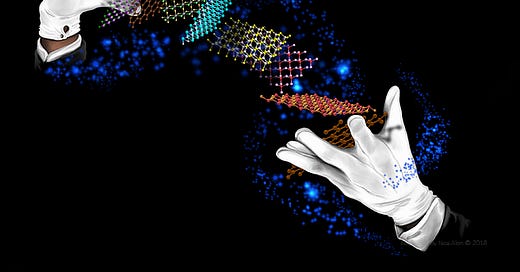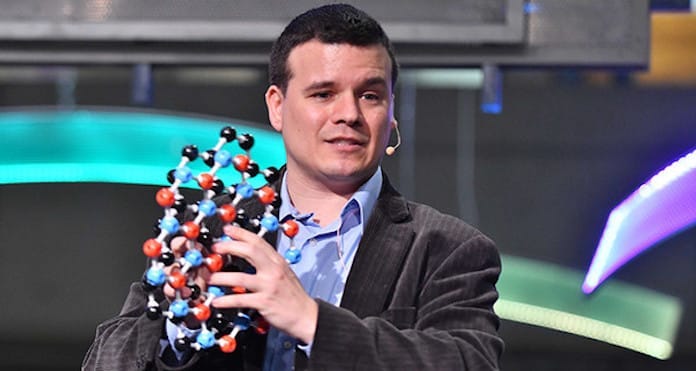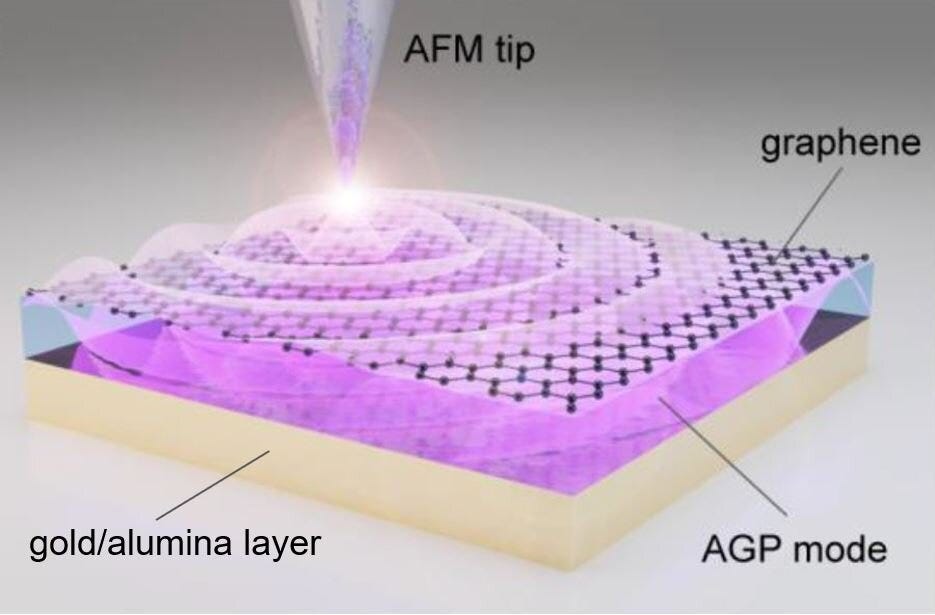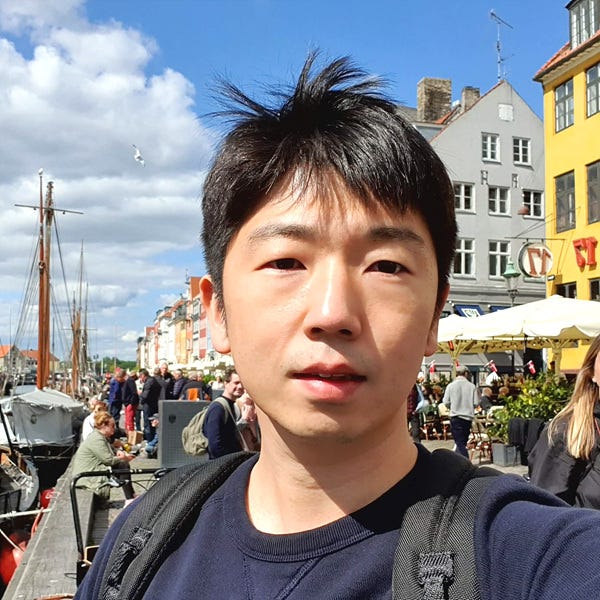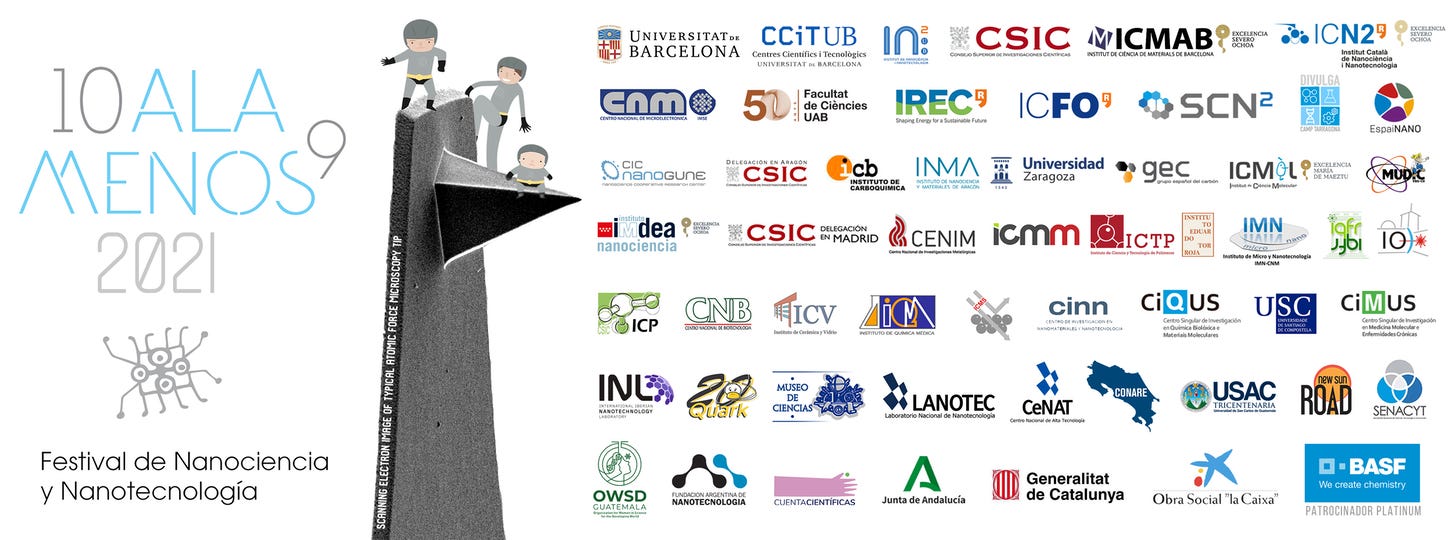Cover Photo: Courtesy of Noa Alan @2018
Dear Reader,
In this newsletter I present you the latest news about Graphene as well as next online events. In the next issues I will bring you more interviews with young researchers as well as analyses of new discoveries about graphene.
Lastet News:
The magic angle of twisted graphene. Graphene, a two-dimensional material composed exclusively of carbon, has revealed extraordinary properties, including thermal and electrical conductivity, transparency, and flexibility. When combined, these properties become particularly interesting in the age of touch screens and flexible electronics. "Unlike 3-D materials, graphene has a height reduced to the ultimate dimension of the atom. It's therefore a carbon atom plane," explains Prof. Jean-Christophe Charlier, a specialist in nanoscopic physics at the Institute of Condensed Matter and Nanosciences of UCLouvain.
In a study published in Nature, the scientist and his team dissected the behavior of electrons when two layers of graphene superimposed at an angle of 1.1 degrees (the so-called 'magic angle') produce a moiré effect. Well known to photographers, painters and fashion specialists, this optical effect consists of a figure composed of dark and light domains resulting from the superposition of two gratings. "When two layers of graphene are superimposed with this magic angle, they give rise to superconductivity. They therefore conduct electricity without any resistance," Prof. Charlier says. More info
Physicists create tunable superconductivity in twisted graphene 'nanosandwich'. When two sheets of graphene are stacked atop each other at just the right angle, the layered structure morphs into an unconventional superconductor, allowing electric currents to pass through without resistance or wasted energy.
This "magic-angle" transformation in bilayer graphene was observed for the first time in 2018 in the group of Pablo Jarillo-Herrero, the Cecil and Ida Green Professor of Physics at MIT. Since then, scientists have searched for other materials that can be similarly twisted into superconductivity, in the emerging field of "twistronics." For the most part, no other twisted material has exhibited superconductivity other than the original twisted bilayer graphene, until now.
In a paper appearing in Nature, Jarillo-Herrero and his group report observing superconductivity in a sandwich of three graphene sheets, the middle layer of which is twisted at a new angle with respect to the outer layers. This new trilayer configuration exhibits superconductivity that is more robust than its bilayer counterpart. More info
Scientists use trilayer graphene to observe more robust superconductivity. In 2018, the physics world was set ablaze with the discovery that when an ultrathin layer of carbon, called graphene, is stacked and twisted to a "magic angle," that new double layered structure converts into a superconductor, allowing electricity to flow without resistance or energy waste. Now, in a literal twist, Harvard scientists have expanded on that superconducting system by adding a third layer and rotating it, opening the door for continued advancements in graphene-based superconductivity.
Artist rendition of twisted trilayer graphene. Credit: Polina Shmatkova & Margarita Davydova
The work is described in a new paper in Science and can one day help lead toward superconductors that operate at higher or even close to room temperature. These superconductors are considered the holy grail of condensed matter physics since they would allow for tremendous technological revolutions in many areas including electricity transmission, transportation, and quantum computing. Most superconductors today, including the double layered graphene structure, work only at ultracold temperatures.
"Superconductivity in twisted graphene provides physicists with an experimentally controllable and theoretically accessible model system where they can play with the system's properties to decode the secrets of high temperature superconductivity," said one of the paper's co-lead authors Andrew Zimmerman, a postdoctoral researcher in working in the lab of Harvard physicist Philip Kim. More infoAcoustic graphene plasmons study paves way for optoelectronic applications. KAIST researchers and their collaborators at home and abroad have successfully demonstrated a new methodology for direct near-field optical imaging of acoustic graphene plasmon fields. This strategy will provide a breakthrough for the practical applications of acoustic graphene plasmon platforms in next-generation, high-performance, graphene-based optoelectronic devices with enhanced light-matter interactions and lower propagation loss.
Laser-illuminated nano-tip excites the acoustic graphene plasmon in the layer between the graphene and the gold/alumina. Credit: The Korea Advanced Institute of Science and Technology (KAIST)
It was recently demonstrated that graphene plasmons, collective oscillations of free electrons in graphene coupled to electromagnetic waves of light, can be used to trap and compress optical waves inside a very thin dielectric layer separating graphene from a metallic sheet. In such a configuration, graphene's conduction electrons are "reflected" in the metal, so when the light waves "push" the electrons in graphene, their image charges in metal also start to oscillate. This new type of collective electronic oscillation mode is called 'acoustic graphene plasmon (AGP)".
A KAIST research team led by Professor Min Seok Jang from the School of Electrical Engineering used a highly sensitive scattering-type scanning near-field optical microscope (s-SNOM) to directly measure the optical fields of the AGP waves propagating in a nanometer-thin waveguide, visualizing thousand-fold compression of mid-infrared light for the first time. More info
Graphene oxide membranes could reduce paper industry energy costs. The U.S. pulp and paper industry uses large quantities of water to produce cellulose pulp from trees. The water leaving the pulping process contains a number of organic byproducts and inorganic chemicals. To reuse the water and the chemicals, paper mills rely on steam-fed evaporators that boil up the water and separate it from the chemicals.
Georgia Institute of Technology researchers have found a method to engineer membranes made from graphene oxide (GO), a chemically resistant material based on carbon, so they can work effectively in industrial applications.
"GO has remarkable characteristics that allow water to get through it much faster than through conventional membranes," said Sankar Nair, professor, Simmons Faculty Fellow, and associate chair for Industry Outreach in the Georgia Tech School of Chemical and Biomolecular Engineering. "But a longstanding question has been how to make GO membranes work in realistic conditions with high chemical concentrations so that they could become industrially relevant." More info
Online Events:
Do not loose unique opportunity for joining forefront scientific progress in graphene & 2Dmaterials
The two-day Graphene and 2DM Online conference (GO2021) will present the most recent advances in fundamental research in electronics, energy storage, biohealth, composites, coatings or sensors.
25 high profile talks from worldwide most influential academia experts in the Graphene and 2DM sector will present speeches in this international event on how advanced materials will change the future of technology and impact positively our daily life.
Registration: GO2021 online: http://www.confstreaming.com/GO2021/regini.php?d=fee
The Barcelona-Grenoble-Tsukuba “Clustering and Global Challenges” (CGC2021) international online conference will present the most recent research advances and technology developments in different hot sectors such as Quantum Technologies, Advanced Materials, Health, Smart Energy or Topological/Photonic Materials.
This online event, organised by ICN2 – MANA/NIMS & LANEF, will address Global Challenges in the above mentioned strategic sectors that generate business and growth opportunities requiring as well as Clustering at the International level.
Registration: CGC2021 online: http://www.confstreaming.com/CGC2021/index.php
Don't hesitate to subscribe if you haven't already done so.
Regards and take care.
The nanometer – 10 to the -9th meter- is a miniscule unit representing the world of nanoscience and nanotechnology, a field which is sometimes unknown but which has visible effects. With the aim of discovering what happens in the nanoworld and see what is being done in the fields of research and technology at a small scale, from April , the sixth edition of the Nanoscience and Nanotechnology Fest ival 10alamenos9 (www.10alamenos9.es) will take place.
The new edition of the festival, coordinated by the University of Barcelona, has more than a hundred activities, doubling the number of activities from last year’s edition. Fifty entities are taking part in the organization –universities and research institutes-, lots of them being reference entities in Iberoamerica in the field of nanotechnology.
The event is sponsored by BASF. Every year many (8) Iberoamerican countries organizes an outreach Festival with many activities, for example, this contest (https://icmab.es/concurs-de-nanorelats-organized-within-the-10alamenos9-festival). This event will take place in nine cities in Spain and other countries from April to May with activities aimed at the general public and schools, and it will have more than 5,000 participants.
The aim is to bring nanoscience and nanotechnology closer to people in a dynamic, fun and rigorous way and show people that nanotechnology is a reality, which is not seen but it is all over.
In Barcelona, there will be activities aimed at primary and secondary education schools –through the Nanoinventum/NAnoEduca project- apart from exhibitions, some with nanotechnology products and augmented reality, and seminars carried out by distinguished researchers, as well as workshops that are related to the several fields of nanoscience.
The Festival reaches its sixth edition from 2015. We made also some online activities possible such as the "Vermut de nanociència" with the main objective of bringing nanotechnologies to everybody in an understanding way and broadcasting it in streaming to make easier the participation and the debate. The talks started on April and ended on May. Last year we made 33 videos.
We are in touch
https://icn2.cat/en/outreach/education-program/10alamenos9
https://icmab.es/more-than-200-students-at-the-10alamenos9-nanoscience-and-nanotechnology-festival-at-uab-campus

